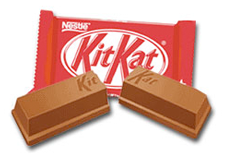by Annie | Nov 16, 2011 | Game Design
The new Pop & Dodge trailer is out! Check it...

by Annie | Nov 10, 2011 | Game Design, Psychology of Games
Growing up, I was tasked with practicing the piano a solid hour a day. Didn’t matter what I did within that hour, as long as I sat on that bench for 60 minutes. My parents figured that more practice time would naturally yield greater increases in musical skill. And this is true, to an extent. Experts now recommend that practice sessions, especially for young kids, are broken up into several short sessions a day. Three 10-minute sessions are better than one 30-minute session. Why? Because kids have short attention spans and need breaks. Shorter sessions come with greater focus and more purposeful practice. This is the same realization we’ve come to in our games. Sure, we can get people to try it out, but what’s more valuable is getting those people to come back day after day, several times a day. Retention is key. This is especially important for the types of games we’re making. In order to make any change in people’s physical activity habits, we have to keep them coming back. One play session that gets you out of breath is great, but it’s not a lifestyle change. To get people off the couch time and again, we have to facilitate habit-forming gameplay. How? We dig into our game design toolbox. Help players realize the importance of exercise, create compelling mechanics to get them moving, provide feedback to reinforce specific behaviors, and dole out rewards that matter. Easier said than done, but don’t you worry. We’ve got some ideas that will blow your socks off. Or at the very least, get you off that...


